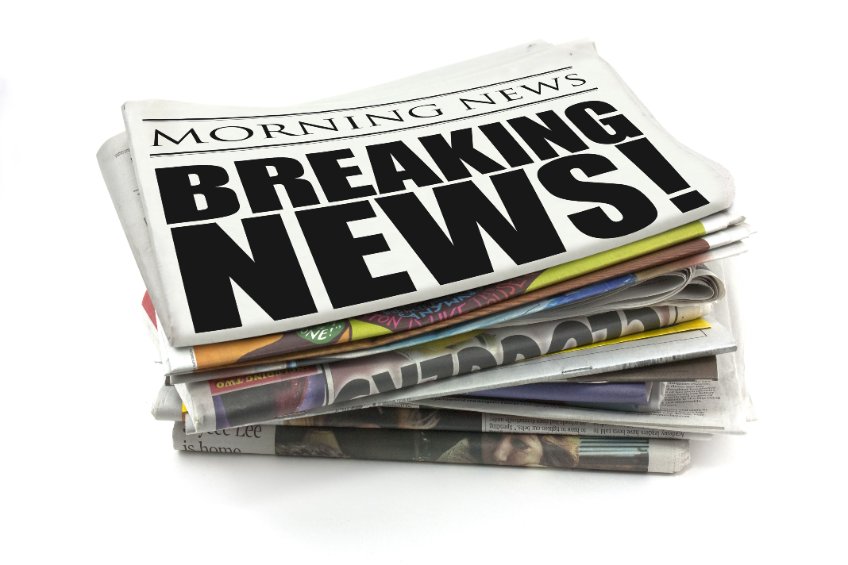There are few things more important to your article than your headline.
A powerful headline can make or break your content, and it’s essential that you take the time to create one that will engage your readers.
After all, the headline is the first thing users will see, and will be the determining factor as to whether they click on your blog or not.
These seven simple steps will help you create a powerful headline for your website:
1. Identify the purpose of your content
Before you can write an effective headline, you need to know what the purpose of your content is.
Are you trying to inform, educate, entertain, or persuade?
Maybe the purpose of your article is to encourage a site visitor to read further, increase your brand visibility, or improve your SEO keyword rankings.
Regardless of the purpose (or purposes), you’ll want to craft your headline around this.
For example, if you’re writing a persuasive piece about why people should eat more eggs, your headline might be “Here’s Why Eggs Are the Healthiest Food on the Planet”.
2. Ask yourself why someone would read your content
Why should someone read your content? This will be a vital understanding when crafting your headline.
Think about what you’re offering your readers and how it will benefit them. If your content is helpful, informative, or otherwise valuable, make sure your headline reflects that.
For example, a post about time management tips for busy moms might have the headline “11 Time Management Tips Every Busy Mom Needs to Know”.
This headline tells the reader exactly what they can expect from the article and why it would be beneficial for them to read it.
On the other hand, a post titled “11 Time Management Tips” is too vague and will likely not reach your target audience, because readers don’t know specifically who it’s meant for.
3. Use the right language
Using the right language is an important part of creating a powerful headline. You’ll want to be clear and concise about the benefit that the reader will gain from your article. You should also use active verbs and a combo of unexpected and familiar words.
For example, “How to Increase Restaurant Sales” is a strong headline that uses an active verb (increase) and explains exactly what the reader should expect. A headline like “Increasing Sales: A Specialized Approach for Restaurant Managers” isn’t as strong, because it doesn’t use an active verb or state clearly what to expect from the article.
4. Determine your audience
Before you can write an effective headline, you need to know who your audience is.
This is something that will be narrowed down by your purpose. For example, if your goal is to get clicks from newsletter subscribers, your headline will need to be tailored to your subscribers.
If its primary purpose is SEO, you can expect your audience to be people who are seeking information on your topic but aren’t yet familiar with your brand.
5. Test, test, test
Once you’ve written a headline, it’s important to test it out to see how effective it is.
The best way to do this is by asking for feedback from your team or sending a survey to your audience to ask which one they would click on, then live A/B testing the headlines.
Don’t be afraid to experiment with different headlines until you find one that really resonates with your audience.
6. Make sure it’s accurate
Quit with the clickbait!
Accuracy is essential if you want people to trust your content–especially with all the “fake news” floating around these days.
Your headline should be reflective of the content of your article. If it isn’t, people will feel misled and will likely not read any of your future content.
7. Use the proper tone
The tone of your headline should match the overall tone of your brand.
This may include a touch of humor or snark, be straightforward, or however you choose to express your brand. Tone will also depend on how close you are to your audience members. Are they like family, or kept at an arm’s reach?
Remember, your headline is designed to get people to click on your article, so make sure you’re using the proper language and tone to achieve that goal.
By following these simple steps, you’ll be well on your way to writing headlines that are both effective and attention-grabbing.
Need help fine-tuning your content marketing strategy? Schedule a free 45-minute strategy session with Bizzuka!

